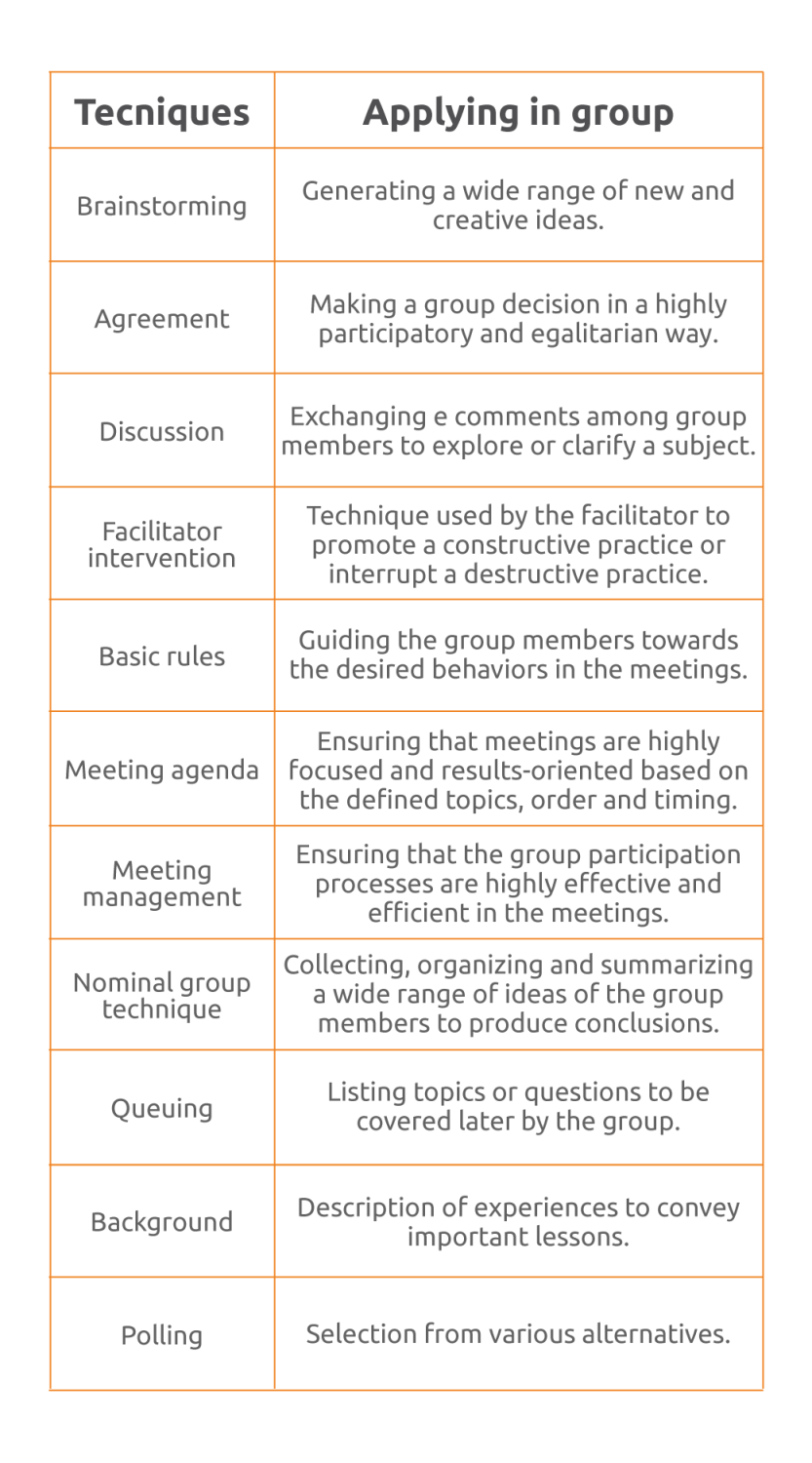Tips for remote facilitation with Agile Teams
Leading teams to make them more efficient and help them solve problems is not an easy task, even when done in person. Now, with teams working from home, the task faces even higher facilitation hurdles. In this article, you’ll find recommendations for how to perform this orchestration using productive tools and techniques.
In recent decades, the world has evolved a lot, mainly when we talk about technology. Our work tools, such as computers, laptops, tablets and cell phones, have undergone a huge process of improvement in terms of performance, capacity and usability compared to the their previous versions.
Despite that technological progress, Agile Facilitation methods and culture still rely greatly on face-to-face discussions, in-person meetings, and the use of “analog” devices such as flip charts, post-its, cards, paper sheets, colored pens, and many other physical assets.
One would wonder: Are Agile Facilitators ready to apply their techniques remotely, ensuring that teams members can interact productively in problem-solving?
Before answering that question, let us establish some terminology and points:
Facilitation
It is a way of using techniques and tools, engaging group members, and helping them identify and achieve their goals. The facilitation process must be properly understood, designed, planned, supported and documented.
Facilitator role
The facilitator role helps a group of people/team to understand common goals, guiding them through the planning process. When performing this role, the facilitator shall remain neutral – not taking sides or biased positions during the discussions.
Facilitator profile
In addition the technical knowledge, the facilitator must be able to make the work simple, streamline the processes, and engage people. They need to enjoy serving and helping, doing everything possible for the team to achieve their results.
Facilitation tools
One of the main challenges of remote work is identifying which tool can achieve the best interaction performance, since, according to reports 55% of our human communication is done through gestures.
In order to improve remote communication, we can use virtual meeting platforms such as Slack, Microsoft Teams, Google Meet or Zoom. These tools are great for enhancing engagement, establishing positive group dynamic, and promoting interactions.
In terms of iteration and collaboration tools, we should also mention the merits of using Miro, Mural, Office 365, G Suite and other tools.
Facilitation techniques
Beyond choosing the right iteration tools, it is also essential to know the best techniques to generate the expected attitude and outcomes. Check out some popular and effective techniques:

Tips
Knowing the right facilitation tools and the best techniques is essential. Yet, there is more to be taken in account in order to achieve quality results. Consider the following tips:
Time management
One of the main challenges for a facilitator is managing time. To make this task easier, you can consider some points:
- Define the meeting’s purpose.
- Send a detailed and careful invitation with the meeting rules and, if applicable, material and required prior preparation.
- Schedule and manage discussion time.
- Avoid losing focus during the discussion.
- Follow the discussed topics with the help of open notes.
- Take planned breaks, if possible.
- Be prepared to collaborate with the meeting.
Obviously, we learn and improve our techniques with every interaction. Furthermore, the more the facilitator is connected to the group, the better the results will be.
Establish and strengthen protocols/rules of engagement
One of the key items in the facilitation process is to establish agreed protocols, or rules of engagement.
Both facilitators and participants will benefit from understood protocols during meetings.
Simple agreed gestures or actions, like raising a hand, voting, or even signaling reactions will make meeting management easier, as well as preventing people from talking simultaneously.
But remember: protocols must agreed and presented at the beginning of the meeting. In addition, the facilitator can help the group make decisions about those rules of engagement.
Collect feedback
In order to understand and improve the facilitator role, conduct a survey or requesting the team feedback is essential. Tools such Happy Meter or Microsoft Forms can help with this task.
“Feedback is not about instructing or criticizing. It’s about giving someone information and tools they need to build on their strengths and overcome their obstacles.”
Jenny Powedils, leapsome co-founder
When given properly and carefully, feedback is truly a gift.
In conclusion
Finally, we understand that the facilitator is the person who will help everyone during the meetings. The closer to the team they are, and the more calm and empathic they ares, the better the performance and the final results will be.
Facilitating a meeting is a technique and, as such, needs to be worked on, evolved and measured. The more you exercise, the better you will perform, hence the importance of always consciously using the tools and dynamics.
“Helping others is an act of greatness, but try to help yourself first…”
Mark Antony
